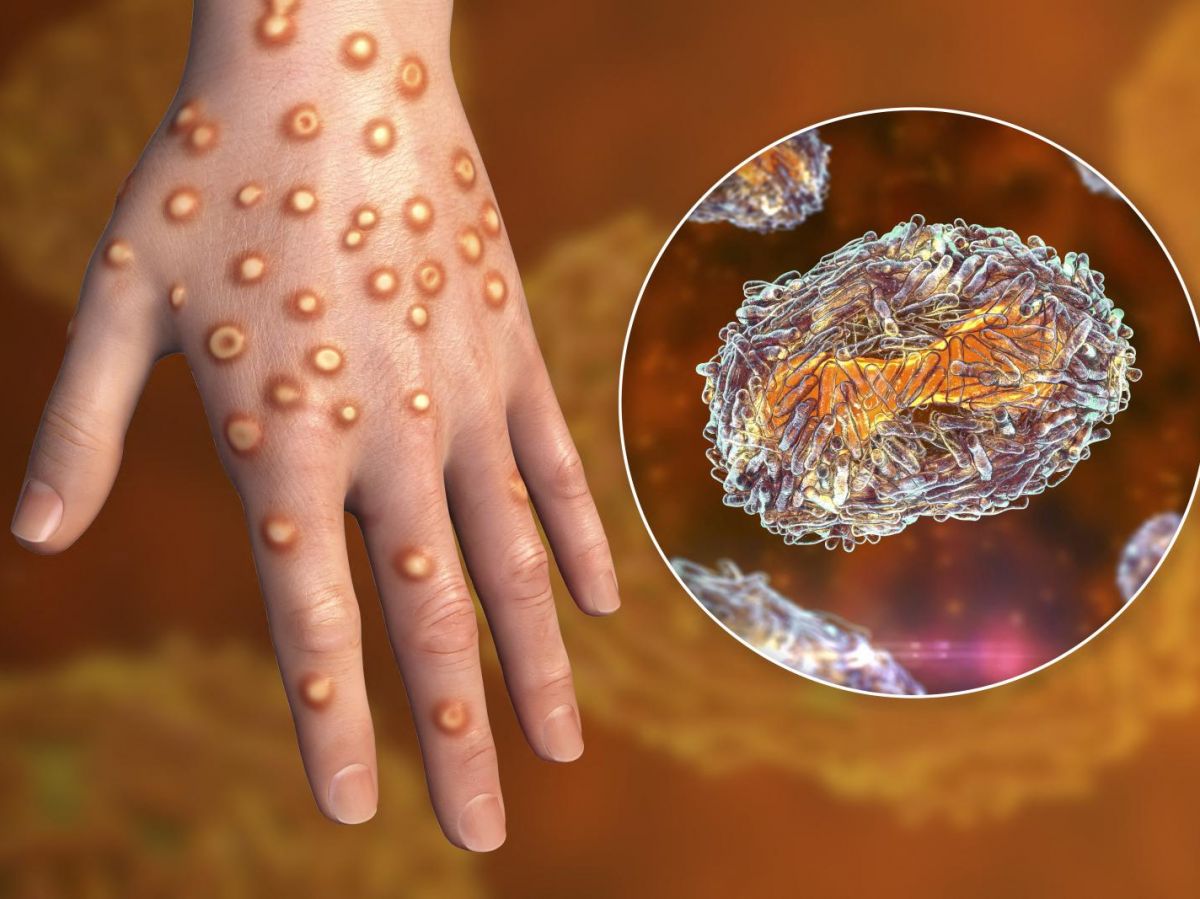The Growing Concern of Monkeypox: Understanding the Disease and Enhancing Diagnostics with Silabmed

Introduction
In recent years, the world has faced numerous challenges with emerging infectious diseases, and monkeypox has become one of the key concerns. Monkeypox is a viral zoonotic disease caused by the monkeypox virus, a member of the Orthopoxvirus genus, which also includes the variola virus responsible for smallpox. Although monkeypox is primarily found in Central and West African regions, its potential to spread globally has been demonstrated through human-to-human transmission, leading to occasional outbreaks in other parts of the world. Understanding this disease, its transmission, and how we can leverage technology like Laboratory Information Systems (LIS) to diagnose it quickly is crucial in controlling its spread.
Transmission: A Closer Look
Monkeypox spreads through two primary routes: animal-to-human and human-to-human transmission.
- Animal-to-Human Transmission: The monkeypox virus is transmitted from infected animals, such as rodents or primates, to humans through direct contact with the blood, bodily fluids, or skin/mucosal lesions of the animals. The close interaction between humans and wildlife in certain regions increases the risk of zoonotic transmission.
- Human-to-Human Transmission: Once the virus enters the human population, it can spread via respiratory droplets during prolonged face-to-face contact. Direct contact with bodily fluids, lesion material, and indirect contact through contaminated objects like bedding also contribute to its spread. This form of transmission has been responsible for outbreaks outside the endemic regions.
Recognizing the Symptoms
The symptoms of monkeypox often resemble those of other viral infections, making early diagnosis crucial for effective management.
- Incubation Period: The time between exposure to the virus and the onset of symptoms typically ranges from 6 to 13 days but can extend from 5 to 21 days.
- Initial Symptoms: Patients initially experience fever, headache, muscle aches, backache, swollen lymph nodes, chills, and exhaustion. These nonspecific symptoms can make early diagnosis challenging.
- Rash Development: Within 1 to 3 days after the onset of fever, a characteristic rash develops. It usually starts on the face before spreading to other parts of the body. The rash progresses through various stages, from flat lesions (macules) to raised bumps (papules), fluid-filled blisters (vesicles), pus-filled lesions (pustules), and finally scabs that fall off.
Severity and Complications
While monkeypox is generally mild, certain populations are at a higher risk of severe disease, including young children, pregnant women, and immunocompromised individuals. Complications can arise, such as secondary bacterial infections, respiratory distress, bronchopneumonia, sepsis, encephalitis, and corneal infection, potentially leading to vision loss.
Diagnosis: The Role of Laboratory Information Systems
Diagnosing monkeypox involves both clinical evaluation and laboratory testing. While the characteristic rash and history of travel or exposure can guide initial clinical suspicion, laboratory confirmation is essential.
- Clinical Diagnosis: The presence of the characteristic rash, especially in individuals with a history of exposure or travel to endemic areas, raises the suspicion of monkeypox.
- Laboratory Diagnosis: The gold standard for confirmation is polymerase chain reaction (PCR) testing of lesion samples. This method is sensitive and specific, allowing for accurate detection of the monkeypox virus.
Silabmed: Enhancing Monkeypox Diagnostics
In the fight against emerging diseases like monkeypox, laboratory technology plays a pivotal role. Silabmed, our advanced Laboratory Information System (LIS) at TainoSystems, is at the forefront of this battle. Designed to streamline lab operations and enhance diagnostic accuracy, Silabmed is proving invaluable in managing the current monkeypox concerns.
Silabmed empowers laboratory technicians by providing a robust platform that integrates patient data, tracks sample workflows, and supports the rapid processing of test results. For diseases like monkeypox, where timely diagnosis is critical, Silabmed’s ability to manage high volumes of PCR testing efficiently is a game-changer. The system’s intuitive interface allows lab techs to quickly access patient histories, track the progression of symptoms, and ensure that all necessary tests are performed without delay.
Moreover, Silabmed’s reporting capabilities ensure that results are communicated swiftly to healthcare providers, facilitating quicker decision-making and patient management. This speed and accuracy in diagnostics not only help in controlling the spread of monkeypox but also in alleviating patient concerns through prompt and precise results.
Treatment and Prevention
Currently, there is no specific treatment for monkeypox, and the disease is usually self-limiting. Supportive care, including managing symptoms like fever and pain, remains the primary approach. In certain cases, antiviral drugs like Tecovirimat, originally developed for smallpox, may be administered.
Preventive measures are vital in curbing the spread of monkeypox. Vaccination, particularly with the smallpox vaccine, offers some cross-protection against monkeypox. In 2019, the Jynneos vaccine was approved specifically for monkeypox, providing a valuable tool for adults at high risk. Public health measures, including isolation of infected individuals, the use of personal protective equipment (PPE) by healthcare workers, and thorough disinfection of contaminated environments, are also essential in preventing transmission.
Recent Outbreaks and Global Awareness
Monkeypox has gained significant attention in recent years due to outbreaks outside of Africa. Notably, in 2022, clusters of cases were reported in Europe and North America, sparking global concern. These outbreaks have underscored the importance of heightened awareness, rapid diagnostics, and the implementation of effective public health measures.
Conclusion
Monkeypox, though primarily found in certain African regions, poses a global threat due to its potential for human-to-human transmission. Rapid and accurate diagnosis is key to controlling its spread, and advanced Laboratory Information Systems like Silabmed are instrumental in achieving this. As we continue to confront emerging infectious diseases, integrating technology into our public health responses will be crucial in safeguarding global health.
